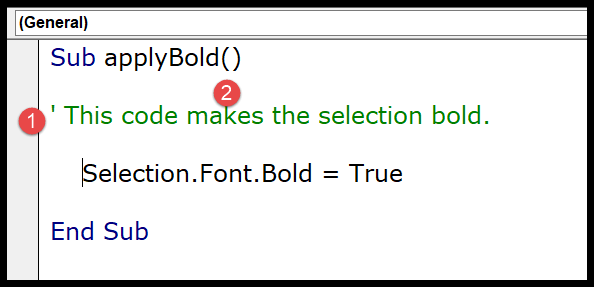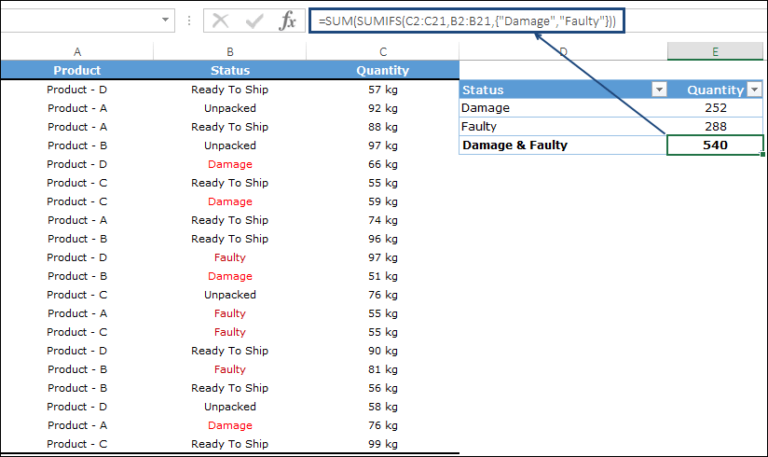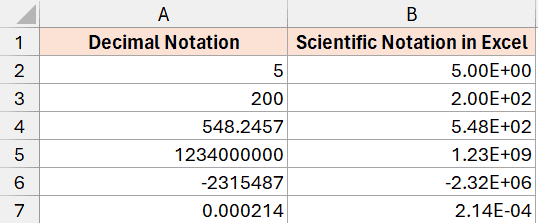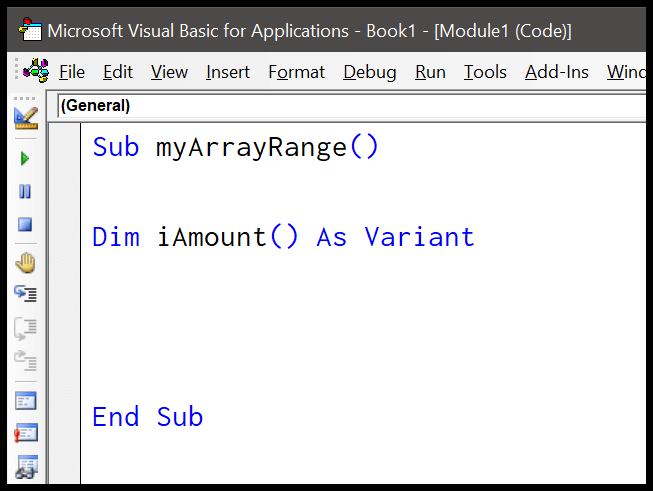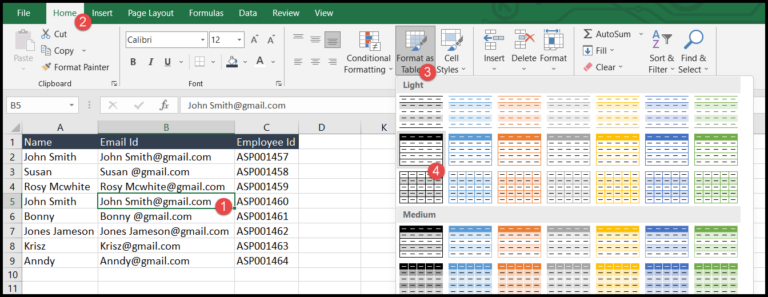Sorting arrays is a common task in Excel VBA programming, and understanding how to effectively accomplish this is crucial for manipulating data within macros. In programming within the Visual Basic environment, arrays serve as fundamental structures that hold multiple values of the same type. When working with Excel VBA, declaring and managing these structures becomes essential, especially when the data needs to be organized in a specific order.
Using array sorting techniques, I can arrange data alphabetically or in reverse, depending on the requirement. This involves comparing array elements with one another and swapping them if necessary to achieve the desired order. The process typically requires loops to iterate through the elements, and the use of functions like UCASE to standardize string comparisons. Objects within Excel VBA, such as the Immediate Window and the use of references and libraries, simplify testing and offer support to enhance this functionality.
Sort an Array (A-Z)
When I need to sort an array alphabetically from A to Z in VBA, following a few steps gets the job done. Here is how I approach the task:
- Initialize the array:
I start by declaring a dynamic array. For instance,myArray()might hold five elements ‘E’, ‘D’, ‘C’, B’, and ‘A’. - Specify the array size:
UsingReDim, I set the boundary of the array to fit the elements that need sorting. - Populate with values:
I assign values tomyArraystanding in reverse order (from ‘E’ to ‘A’).
Dim myArray() As Variant
ReDim myArray(5)
' Populate the array with reverse-ordered values
myArray(1) = "E"
myArray(2) = "D"
myArray(3) = "C"
myArray(4) = "B"
myArray(5) = "A"
- Sort the array:
Sorting is achieved through a nestedForloop comparing array elements and swapping them to fit the A-Z order.
Dim i As Integer, j As Integer, Temp As String
For i = LBound(myArray) To UBound(myArray)
For j = i + 1 To UBound(myArray)
If UCase(myArray(i)) > UCase(myArray(j)) Then
Temp = myArray(j)
myArray(j) = myArray(i)
myArray(i) = Temp
End If
Next j
Next i
- Check results:
To view the sorted array, I print each element to the Immediate Window.
Debug.Print myArray(1) ' Outputs "A"
Debug.Print myArray(2) ' Outputs "B"
...
Debug.Print myArray(5) ' Outputs "E"
Ensuring the elements are checked against each other through the loops guarantees an alphabetically ascending order. This method works for both static and dynamic arrays, and it’s great for one-dimensional arrays. Now, I avoid creating a specific VBA sort function since this straightforward approach works like a charm.
Sort an Array (Z-A)
I sometimes need to organize data in descending order, say from Z to A, especially when I’m arranging strings. Here’s how I do it in VBA, using the For loop and some string manipulation with UCase.
Sub SortArrayDescending()
Dim arr1() As Variant
ReDim arr1(5)
arr1 = Array("E", "D", "C", "B", "A")
Dim tempo As String
Dim i As Integer, j As Integer
' Iterate over the array in reverse order
For i = LBound(arr1) To UBound(arr1)
For j = i + 1 To UBound(arr1)
' Compare values
If UCase(arr1(i)) < UCase(arr1(j)) Then
' Temporary string for swapping
tempo = arr1(i)
arr1(i) = arr1(j)
arr1(j) = tempo
End If
Next j
Next i
' Print sorted array to Debug window
For i = LBound(arr1) To UBound(arr1)
Debug.Print arr1(i)
Next i
End Sub
To put this to work, first, I set the arr1 array with my values, which can be any set of strings. In the nested loops, I check each element against others and swap them using a temporary string tempo if they’re out of order for descending (Z-A) sort. To check case-insensitively, I use the UCase function. That’s it! I can run this macro and it sorts my array in reverse order, then prints out each element so I can see it right away.
